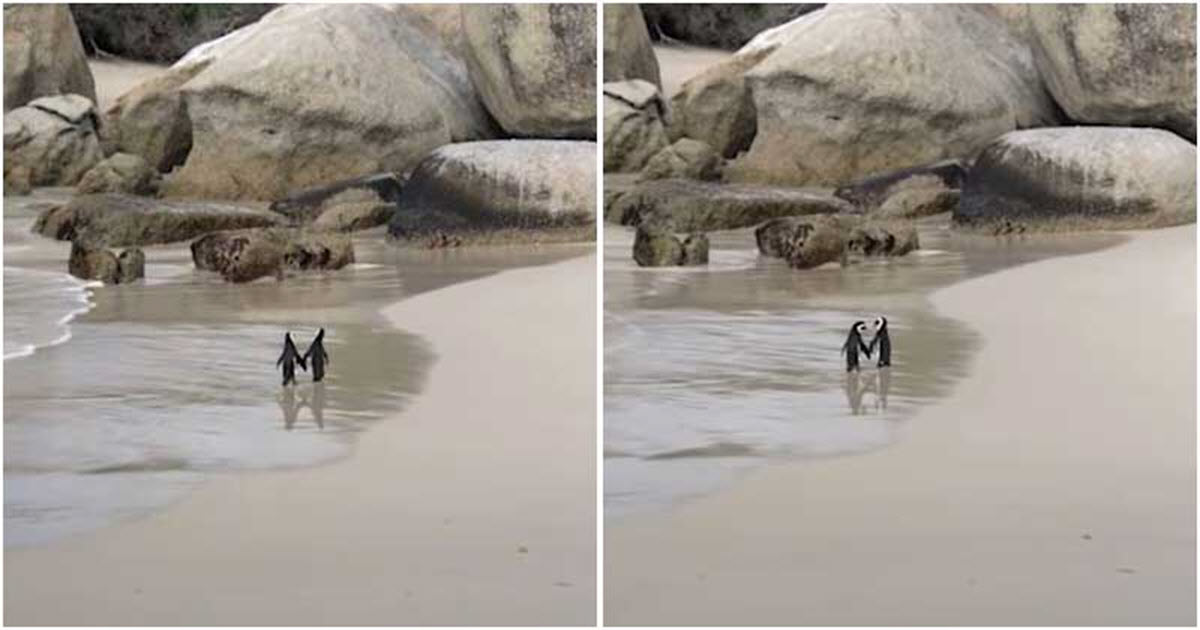
Cats love to be outside so in the National Gardening Week on 1 May, the feline welfare charity Cats Protection has some top tips for cat owners.
Beware of dangerous plants
The most important gardening tip for all cat owners is to avoid lilies both outdoors and inside the house. These are potentially fatal to cats and they don’t have to deliberately chew on them as all parts are poisonous. Just brushing past it could shake pollen on their fur and prove toxic when they lick themselves clean. Daffodils also contain toxins that would cause issues if your cat were to ingest them.
Plant some cat-friendly outdoor plants
Buddleias are safe for cats (and also provide them with great entertainment in the form of pollinating butterflies and bees) while some cats go mad for catnip (official name nepeta cataria).
Create an outdoor toilet
Dig up a spare patch of soil in your garden to keep for your cat’s personal loo which is sure to be a win with your neighbours! Remember to dig it over regularly and don’t put the poo on the compost heap or down the loo due to the parasite toxoplasmosis. Try placing small pebbles around plant beds to keep your cat from toileting elsewhere in the garden.
Provide shade from the sun
Bushes such as Mexican orange blossom (evergreen with white star-shaped flowers), ceanothus (another bee and butterfly favourite) and sword fern can give your cat a safe place to hide and relax and shade from the sun. You could also have a small garden table which they can sit on during good weather and underneath when it’s raining.
Outdoor scratching opportunities
Thick tree trunks with rough bark can give your cat a giant vertical scratching post and large, sturdy logs can give your cat a horizontal option. They can also provide a great refuge for the local insects.
Create perches and escape routes
Cats love to get up high so they can observe their territory. Placing a ladder up to the shed roof gives them access to a great vantage point of the garden. Cat shelves could be placed on walls or sturdy fences but remember that with all elevated perches, the best ones are those that are close to the house and face out to the garden, giving your cat a good view and a quick route safely back inside. Trees are also good but keep watch as cats can’t always get down as well as they got up. A hole cut into a fence or gate can give elderly cats easier access to the garden, as well as allowing quick access if being chased.
Create hiding places
Planting flowers in pots can not only help protect delicate plants such as violas, snapdragons and calendula from trampling paws but they are also moveable hiding spaces for your cat. By watching their favoured routes, you can then place the pots strategically allowing them optimum hiding opportunities.
Provide safe water sources
You can provide a bowl of water outside for your cat but they may be more attracted to a pond, a natural water source untainted by chemicals. Water features, such as pondless fountains whereby the water reservoir is hidden beneath the ground like a millstone with gently bubbling water, are another favourite with cats. Also make sure water butts have a secure lid to prevent your cat from falling in.
Keep your cat in the garden
If you would prefer your cat to stay within your garden boundaries, you can get cat-proof fencing. Hedges along the perimeter can also help but you may not be able to keep a determined cat contained, so ensure their microchip details are up to date in case they go missing.
Make the garden safe for other animals too
Make sure that bird tables and bird feeders are protected. Put plastic bottles around the stand to stop cats from climbing up, or use feeders with thin poles. Don’t plant big shady bushes nearby as they’ll provide a good spot for your cat to hide and pounce from.
Find more advice for keeping your cat happy and safe outdoors here.
Like this:Like Loading…






